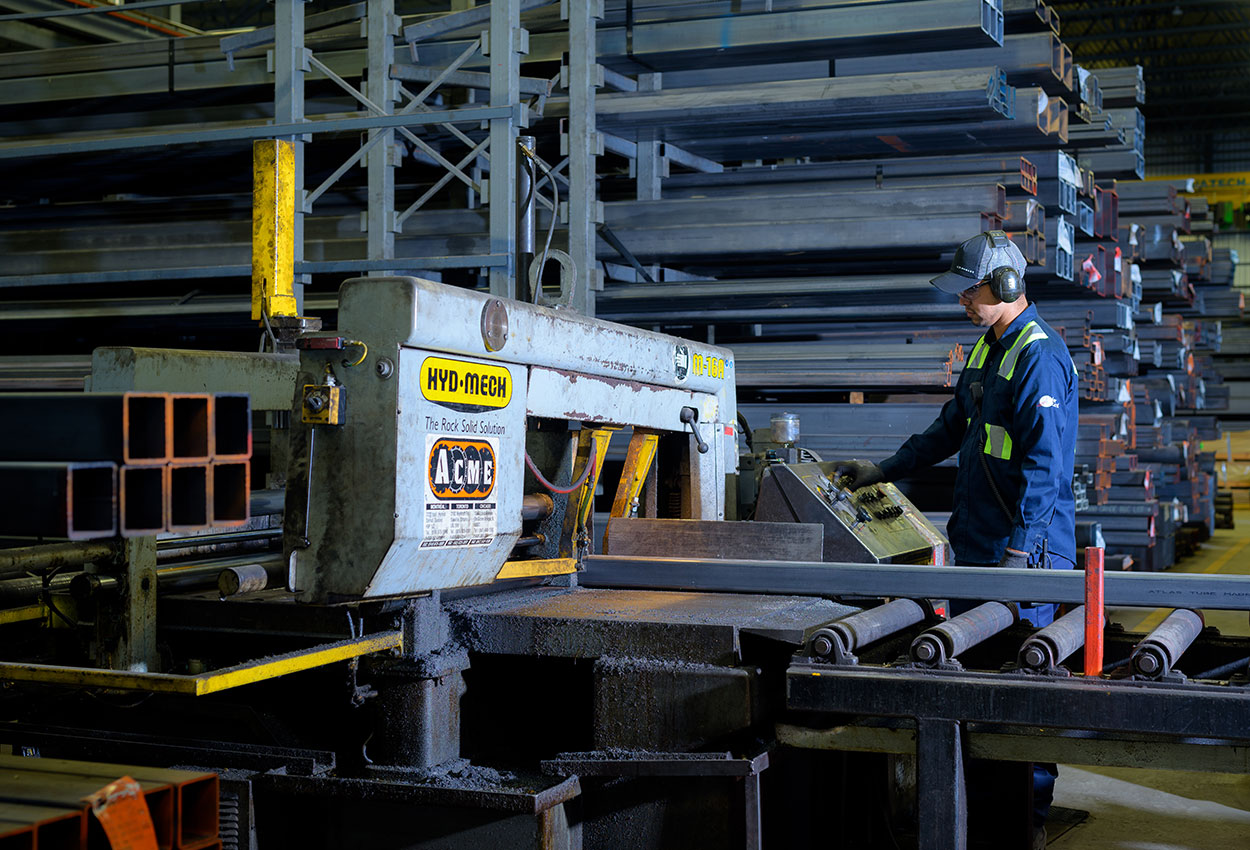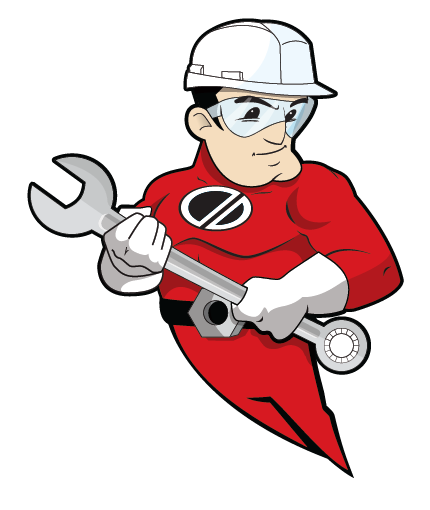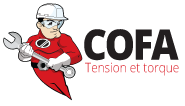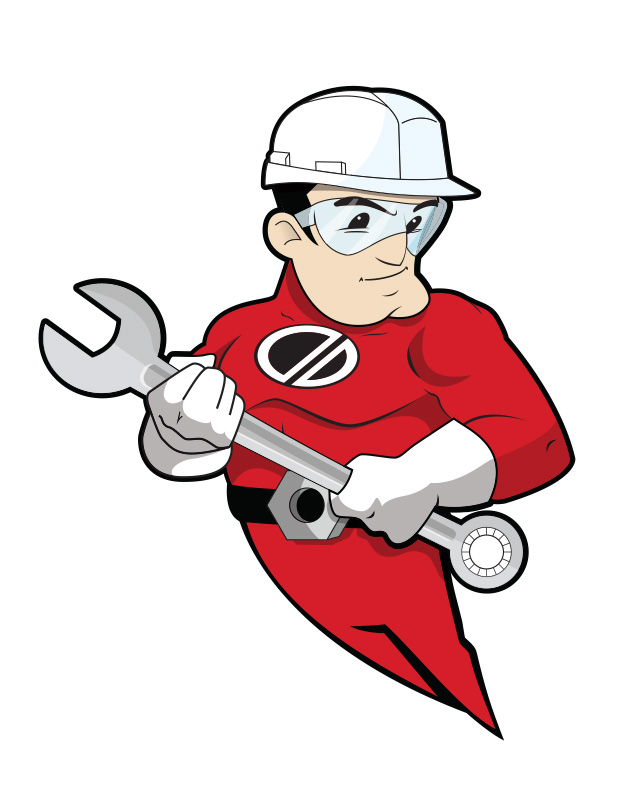TORQUE AND TENSION service
Our solutions have torque!

High-tension bolting… on demand!
Using the right bolting methods is very important to ensure that the parts of a joint behave in a way that meets engineering requirements. Depending on the situation, the assembly may allow some movement to compensate for the expansion of the parts, as in some steel structures.
In other cases, it may be necessary to apply a force uniformly to a large number of bolts at a time in order to compress a gasket, as in gas pipelines for example. There are many factors to consider when designing a joint. To achieve these objectives, a good understanding of bolting mechanics is essential.
Tension and bolt :
Think of a bolt as a spring that is stretched so that the tension created brings the parts together. Yes, a bolt can be stretched! However, once stretched, the bolt will undergo a relaxation process that will cause it to lose some of its tension over time. It will then retain what we call its residual tension. It’s this residual tension that’s important in achieving your assembly objectives. At Cofa, we have the tools to calculate and compensate for tensions according to the variables specific to your project.

2 methods for achieving “perfect” tension
Generally speaking, there are two ways of achieving the tension required for a given assembly. Applying a precise torque (torquing) or tensioning (tensioning) are the industry standards.
Tensioning: the simple solution!
Tensioning is the simpler of the two systems. A hydraulic cylinder system is installed on the bolt above the nut. It is pressed against the part to be bolted, without touching the nut. This system is generally installed on 50% or 100% of the bolts in an assembly. For example, on a 24-bolt flange, we can install 12 or 24 tensioners at a time. Once installed, a given hydraulic pressure stretches the bolts to achieve the required tension. These cylinders are all connected to the same pump, ensuring that pressure builds up evenly around the flange. As a result, an assembly can be tightened evenly and in parallel. Once the system is under tension, all that’s left to do is manually turn the nuts to maintain the tension in the bolts. Hydraulic pressure is then released and the tensioners removed. This method generally requires more time and tools, but is often more recommended.

Speak to an expert now!

1301 Labadiee
Longueuil, Quebec
Canada J4N 1E2
[email protected]
Phone:1 (844) 266-2632
(450) 641-3460
https://www.cofa.ca

